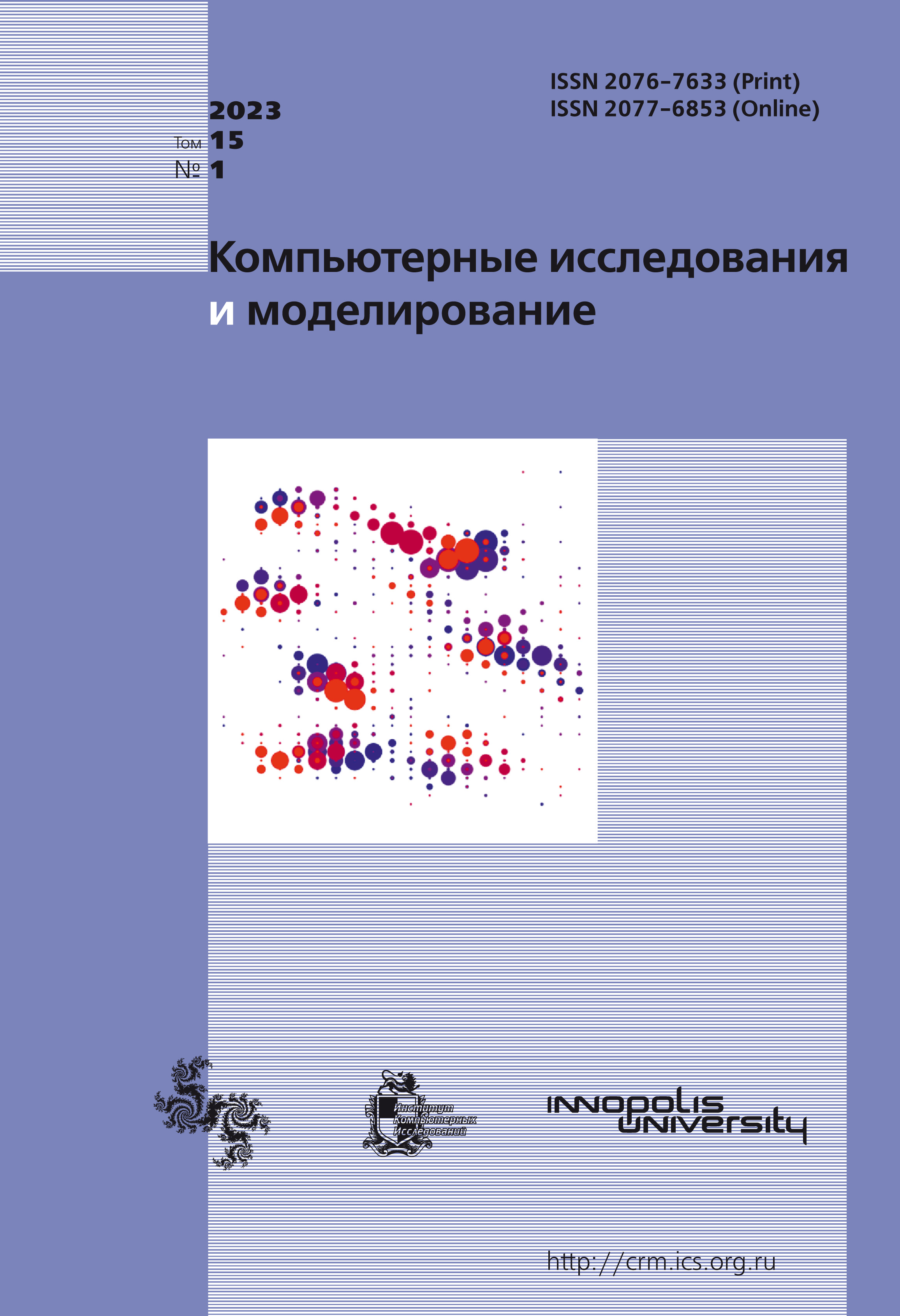All issues
- 2025 Vol. 17
- 2024 Vol. 16
- 2023 Vol. 15
- 2022 Vol. 14
- 2021 Vol. 13
- 2020 Vol. 12
- 2019 Vol. 11
- 2018 Vol. 10
- 2017 Vol. 9
- 2016 Vol. 8
- 2015 Vol. 7
- 2014 Vol. 6
- 2013 Vol. 5
- 2012 Vol. 4
- 2011 Vol. 3
- 2010 Vol. 2
- 2009 Vol. 1
Efficient and error-free information hiding in the hybrid domain of digital images using metaheuristic optimization
 pdf (1376K)
pdf (1376K)
Data hiding in digital images is a promising direction of cybersecurity. Digital steganography methods provide imperceptible transmission of secret data over an open communication channel. The information embedding efficiency depends on the embedding imperceptibility, capacity, and robustness. These quality criteria are mutually inverse, and the improvement of one indicator usually leads to the deterioration of the others. A balance between them can be achieved using metaheuristic optimization. Metaheuristics are a class of optimization algorithms that find an optimal, or close to an optimal solution for a variety of problems, including those that are difficult to formalize, by simulating various natural processes, for example, the evolution of species or the behavior of animals. In this study, we propose an approach to data hiding in the hybrid spatial-frequency domain of digital images based on metaheuristic optimization. Changing a block of image pixels according to some change matrix is considered as an embedding operation. We select the change matrix adaptively for each block using metaheuristic optimization algorithms. In this study, we compare the performance of three metaheuristics such as genetic algorithm, particle swarm optimization, and differential evolution to find the best change matrix. Experimental results showed that the proposed approach provides high imperceptibility of embedding, high capacity, and error-free extraction of embedded information. At the same time, storage of change matrices for each block is not required for further data extraction. This improves user experience and reduces the chance of an attacker discovering the steganographic attachment. Metaheuristics provided an increase in imperceptibility indicator, estimated by the PSNR metric, and the capacity of the previous algorithm for embedding information into the coefficients of the discrete cosine transform using the QIM method [Evsutin, Melman, Meshcheryakov, 2021] by 26.02% and 30.18%, respectively, for the genetic algorithm, 26.01% and 19.39% for particle swarm optimization, 27.30% and 28.73% for differential evolution.
Indexed in Scopus
Full-text version of the journal is also available on the web site of the scientific electronic library eLIBRARY.RU
The journal is included in the Russian Science Citation Index
The journal is included in the RSCI
International Interdisciplinary Conference "Mathematics. Computing. Education"






